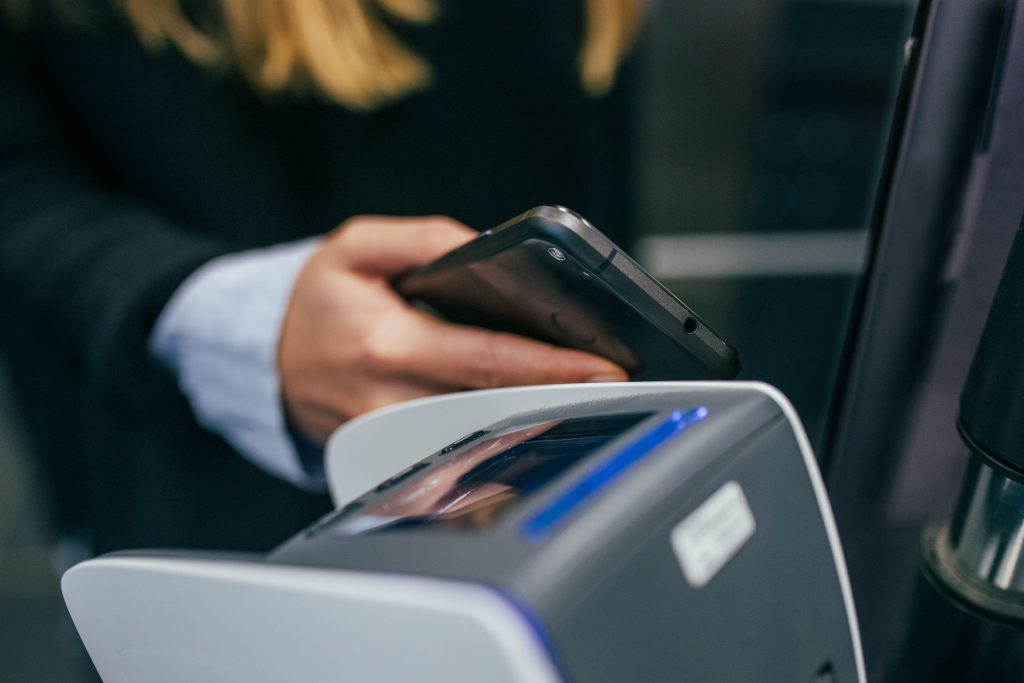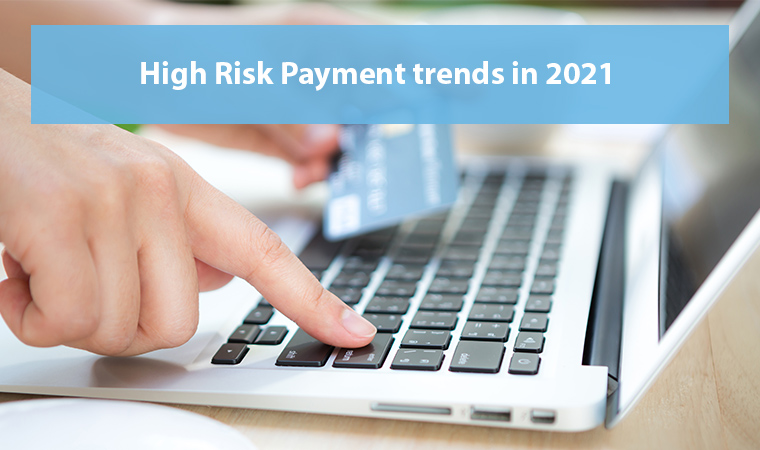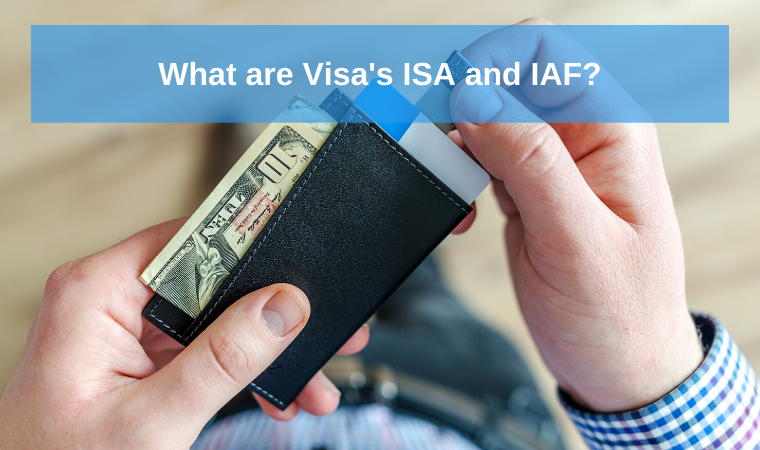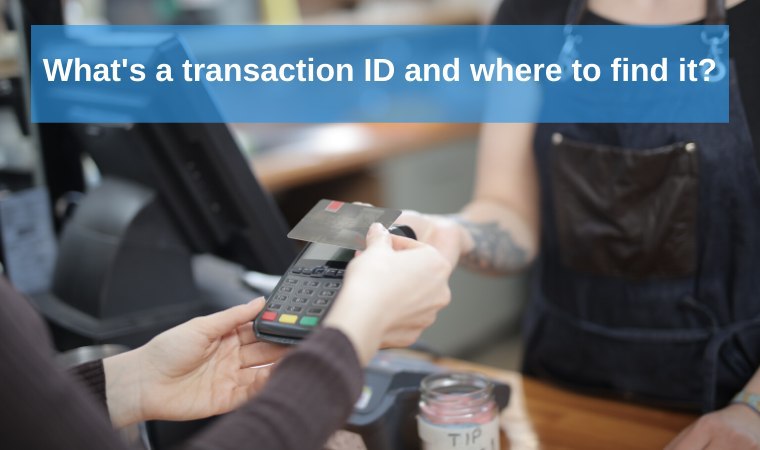What’s a chargeback and how it affects your business?
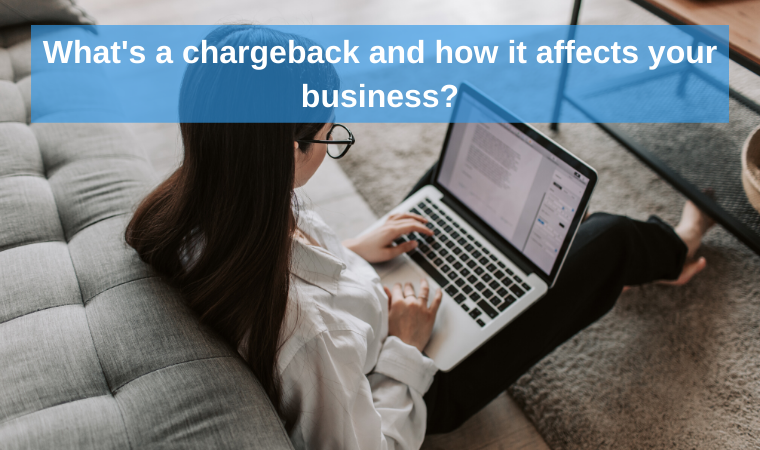
From a damaged processing history to a $25 000 fine, chargebacks can break your business success. Thus, don’t waste time. Learn what chargebacks are and how you, as a merchant, can prevent them.
What is a chargeback?
A chargeback is the reversal of a credit card payment that comes directly from the bank. Initially designed to protect customers, chargebacks are now often overused by malicious users. Yet, they are still crucial for sustainable fair trade.
What is the purpose behind chargebacks?
- Increased customer’s safety. The risk of a forced reversal of funds forces merchants to provide high-quality services only.
- Chargebacks decrease crime and lead to merchants’ transparency. With chargebacks, customers aren’t prompted to pay for something that was shipped in a bad state or never delivered.
- Chargebacks safeguard cardholders from criminal fraud. With a data breach becoming mainstream among fraudsters, a wide range of cardholders faces unauthorized transactions. The legal right to dispute chargebacks on fraudulent credit card transactions helps fraud victims to restore the losses. See the 8 ways to detect and prevent fraud & chargebacks.
What is the difference between a chargeback and a refund?
Once the consumer is unhappy with a purchase, he can either dispute a chargeback or apply for a refund. Though look alike, these two options are totally different. Let’s find out the main distinctions between chargebacks and refunds:
- Refund. The refund takes place when an unsatisfied customer contacts a merchant directly. He applies for either a money return or a new product. For example, a woman who saw a defect on a brand-new dress she just ordered, contacts the merchants directly. Then, he can either supply her with a new dress or send the money back. That’s how the refund looks like.
- Chargeback. Usually, customers dispute a chargeback when the merchant ignores a refund request. Another reason is when a merchant declines a refund. Finally, chargebacks might occur when a purchase was made by a fraudster. In all the above-mentioned cases, customers involve the third party. And that’s the issuing bank (the one that supplied them with a credit card they used for purchase). Once the customer contacts the bank, it then has to decide whether the chargeback is reasoned. The merchant is out of the game now. He can’t intervene. If the issuing bank finds the chargeback reasonable, the funds are automatically withdrawn from a merchant bank account and are transferred to the client’s bank account. Now you see that refunds are much less dangerous than chargebacks as they don’t affect your processing history. Check out how to resolve chargeback disputes.
How do chargebacks affect your business success?
Here are some most common ways chargebacks affect your business success:
- Financial losses due to credit card network bans. The credit card networks like Visa and MasterCard have designed programs to automatically measure the level of chargebacks among their users (businesses in particular). Once the amount of monthly chargebacks exceeds 100, the merchant is banned with a $25 000 fixed fine. There is no way out. You have to pay and that’s it.
- The damaged processing history. The processing history of yours shows the sales volumes. Yet, it also exposes your chargebacks and fraud ratio. Sad but true, the wide range of PSPs avoid processing merchants with high chargebacks and fraud levels. The reputation risks and financial bans don’t add to trustability. PSPs along with processing banks have to cover the possible financial losses if such a merchant goes bankrupt. See what you can do if your processing history is already bad.
- Chargeback fees. Though unfair, you have no choice but to pay for every chargeback that occurs. You’ve heard it right. Even if the chargeback was found invalid by the issuing bank, you still have to pay the fee. The latter usually ranges from $15 to $50 per chargeback.
- The risk of a total merchant account closure. That’s the worst scenario to imagine. Yet, it might be the case as well. If the merchant’s PSP or an acquiring bank finds the level of chargebacks and fraud too risky, they are within their right to close a merchant account.
We hope it is now more than reasonable that taking chargeback prevention measures is a total must.
How can you safeguard your business from chargebacks?
Preventing chargebacks is way better than dealing with the consequences. Thus, that’s in your best interest to embrace as high-quality chargeback prevention software as possible.
At PaySpacelv, we use third-party anti-fraud solutions based on AI technologies. Thanks to that, 98% of disputes are resolved in our merchant’s favor. Apply on our website so we can help you to fight fraud and chargebacks as well.
Here are the three benefits you get from integrating our chargeback and fraud prevention software:
- An immense transactions database from different business types enable us to identify fraudulent transactions and prevent chargebacks;
- Studying merchant’s historical data for accurate modeling, we automatically sift out fraudulent transactions and decrease the possibility of chargebacks;
- We let you connect Sift Science to your internal tools and minimize the need to switch between systems to make a decision;
Summary
A chargeback is the reversal of a credit card payment that comes directly from the customer’s bank. The high chargeback ratio harms your processing history and leads to unpleasant financial bans. Using fraud and chargeback prevention is in your best interest. Comment below if you have any questions and our experts will reach you out today.
